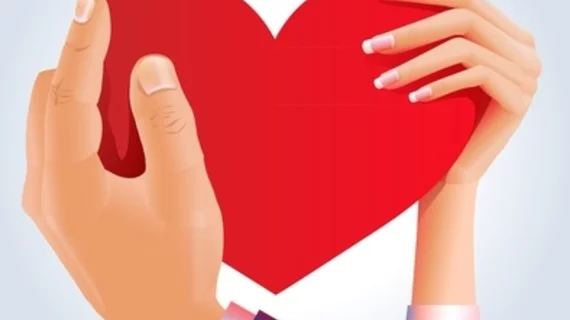Healing damaged hearts: New breakthrough could change cardiac care as we know it
Chemists have uncovered a new technique that could make it possible to heal a patient’s damaged heart tissue after a myocardial infarction (MI) and reduce their chances of developing heart failure.
The researchers, a team working out of the Scripps Research Institute in Jupiter, Florida, shared their findings in a new study for Nature Chemistry. They collaborated with a group of scientists from AstraZeneca, identifying certain compounds that can restart cellular production.
“During a heart attack, the injury causes proteins that could promote new, healthy blood vessel growth to go silent,” contributing author Matthew Disney, PhD, said in a statement. “We analyzed the entire pathway for how the protein is silenced, and then we used that information to identify how to reinvigorate its expression.”
Disney’s lab has been focused on this area for years, developing specific tools that make it easier to target RNAs. This latest breakthrough could be a clear sign that that work has paid off, giving researchers a new way to battle cardiac disease and help patients recover from MIs more quickly than ever before.
“There are potential RNA drug targets for nearly every disease.” Disney said in the same statement. “We now have a much greater toolbox to search for lead molecules with medicinal potential.”
The full analysis in Nature Chemistry is available here.

